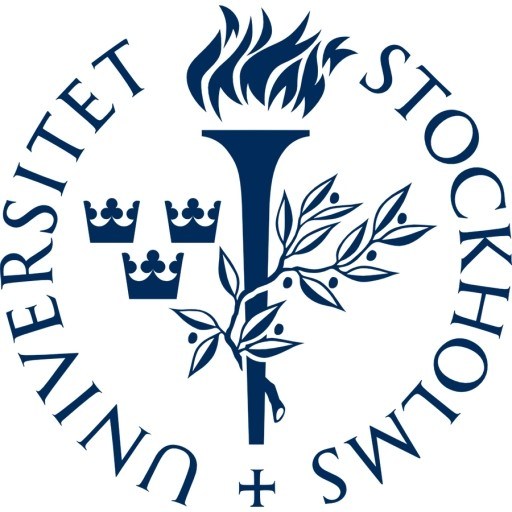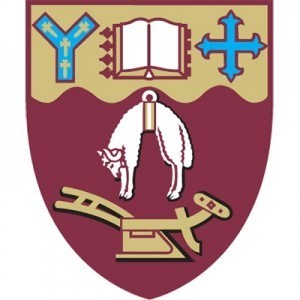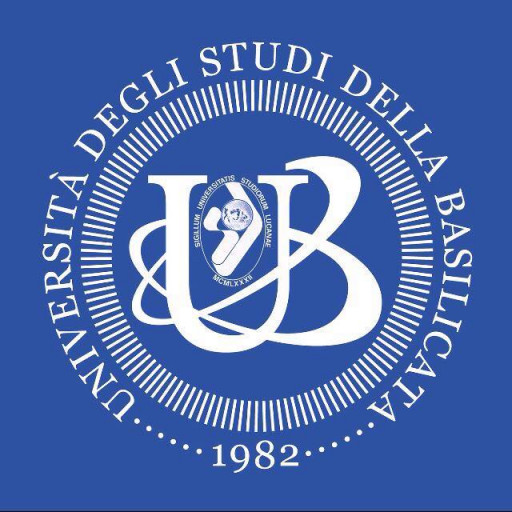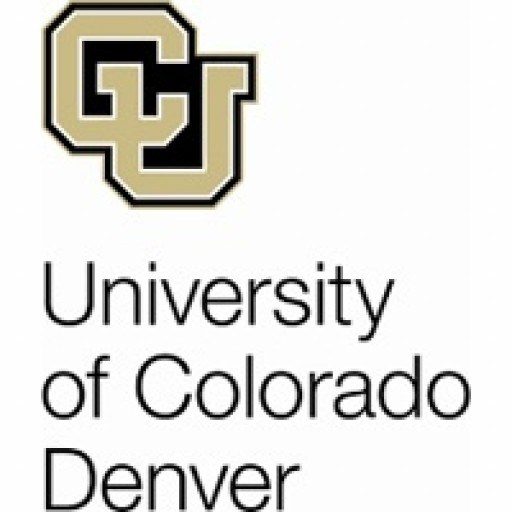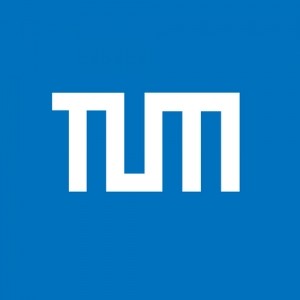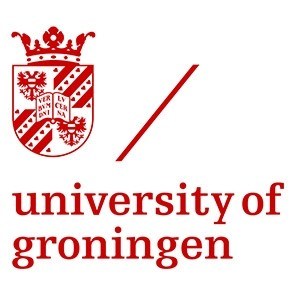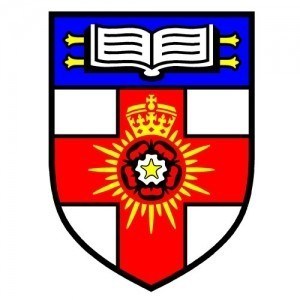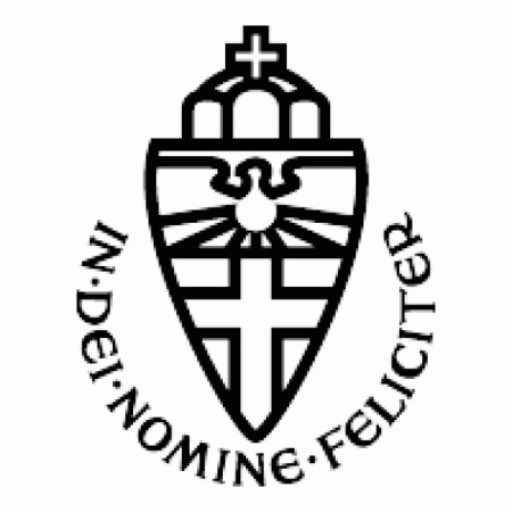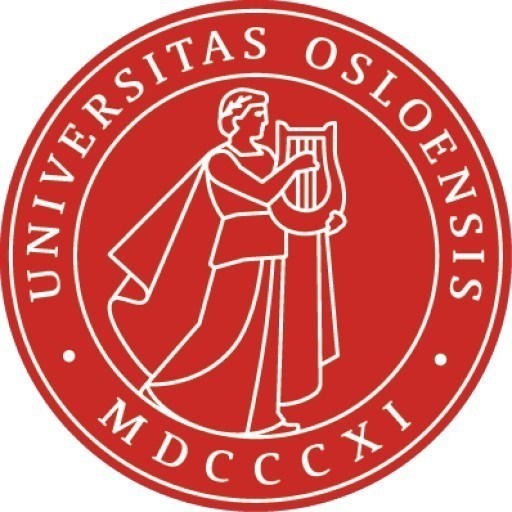Photos of university / #stockholmuniversity
The Master's Programme in Geomatics with Remote Sensing and GIS at Stockholm University offers an in-depth education in spatial data management, analysis, and visualization. The program is designed for students who aspire to become experts in geospatial technologies and their applications across various industries, including urban planning, environmental monitoring, natural resource management, and disaster response. Throughout the program, students develop advanced skills in geographic information systems (GIS), remote sensing, cartography, and spatial data analysis, preparing them for professional roles that require innovative solutions to complex spatial challenges. The curriculum combines theoretical foundations with practical applications, ensuring students gain hands-on experience with state-of-the-art tools and software such as ArcGIS, QGIS, ENVI, and ERDAS Imagine. Courses cover a broad spectrum of topics, including spatial data acquisition, image processing, 3D modeling, spatial database design, and spatial statistics. Emphasis is placed on integrating remote sensing data with GIS to enhance decision-making and problem-solving capabilities. The program promotes an interdisciplinary approach, allowing students to collaborate on projects that address real-world issues like climate change, urban expansion, and environmental conservation. Taught by leading researchers and practitioners in the field, the programme provides a stimulating learning environment that fosters innovation and critical thinking. Students are encouraged to participate in research projects, internships, and fieldwork, which enhances their professional networks and practical competencies. Graduates of this Master's Programme are well-equipped to pursue careers in academia, consultancy, government agencies, environmental organizations, and private sector companies, contributing valuable expertise in the rapidly evolving field of Geomatics with Remote Sensing and GIS. Upon completing the program, students will possess a comprehensive understanding of spatial data technologies, analytical methods, and practical skills needed to interpret and utilize geospatial data effectively in diverse professional contexts.
The Master's program in Geomatics with Remote Sensing and GIS at Stockholm University offers a comprehensive and interdisciplinary education designed to equip students with advanced knowledge and practical skills in the fields of geospatial data collection, analysis, and management. The program focuses on emerging technologies and methodologies used in the acquisition and processing of geographic information, emphasizing satellite imagery, aerial photography, and ground-based data. Students will gain a thorough understanding of remote sensing principles, including image analysis, interpretation, and classification techniques, as well as Geographic Information Systems (GIS) which are vital tools for spatial data handling, visualization, and decision-making.
Throughout the program, students are introduced to the physical and environmental processes that influence Earth's surface and are trained to apply geospatial technologies for environmental monitoring, urban planning, natural resource management, and disaster risk reduction. The curriculum combines theoretical knowledge with practical exercises, laboratory work, and project-based learning, allowing students to develop technical competencies as well as critical thinking skills. Students will learn how to use industry-standard software and tools, such as ArcGIS, QGIS, ERDAS Imagine, and other remote sensing applications, enhancing their ability to analyze complex spatial data sets effectively.
The program also emphasizes the importance of sustainable development and responsible management of geospatial information. Students are encouraged to understand the ethical considerations and legal frameworks related to geospatial data collection and use. They will explore current challenges such as climate change, urbanization, and environmental protection, learning how to employ remote sensing and GIS technologies to address these issues innovatively and effectively.
In addition to coursework, students participate in research projects, field sessions, and internships, providing valuable opportunities to gain real-world experience and establish professional networks. The program prepares graduates for careers in various sectors, including environmental consultancy, urban and regional planning, governmental agencies, research institutions, and private companies specializing in geospatial data services. Upon completion, students will be equipped with the expertise necessary to analyze and interpret geospatial data to support sustainable development and technological innovation in a rapidly evolving digital landscape.
The Bachelor's degree program in Geomatics with Remote Sensing and GIS at Stockholm University requires applicants to have completed their upper secondary education with a strong background in mathematics and natural sciences. Prospective students should demonstrate proficiency in mathematics equivalent to advanced high school courses, including algebra, calculus, and statistics, as well as coursework in physics and geography. Language requirements stipulate proficiency in English, typically documented through tests such as IELTS with a minimum score of 6.5 or TOEFL with a minimum score of 90 on the internet-based test. The program emphasizes fundamental knowledge in geospatial data acquisition, processing, and analysis, as well as remote sensing technologies and GIS applications. Applicants are expected to have essential skills in computer programming, data management, and digital cartography, which will serve as the foundational skills for advanced coursework. The program curriculum includes core courses in geodesy, GIS theory and applications, remote sensing techniques, spatial data analysis, and environmental modelling. Practical experience is prioritized through laboratory exercises, fieldwork, and project-based assignments designed to develop technical proficiency and analytical skills. Adequate preparation in scientific methodology and problem-solving is necessary for successful progression through the program. The university also values interdisciplinary understanding, encouraging students to explore related fields such as environmental science, urban planning, and conservation. For admission, applicants must submit a completed application form, previous academic transcripts, proof of language proficiency, and a personal statement outlining their interest in the program and career aspirations. Although specific prerequisites may vary, a strong motivation for working with geospatial technologies combined with relevant academic background will enhance candidacy. The program is structured to build progressively from fundamental concepts to specialized topics, enabling graduates to pursue careers in environmental management, urban planning, natural resource management, geographic information systems, and remote sensing analysis. Throughout the program, students are encouraged to participate in internships, research projects, and collaborations with industry partners to gain practical experience and professional networks. Upon successful completion, graduates are awarded a bachelor's degree, qualifying them for entry into advanced studies or relevant employment sectors.
Financial aid and funding options for the Master’s Programme in Geomatics with Remote Sensing and GIS at Stockholm University are designed to assist both domestic and international students in covering their tuition fees and living expenses during their studies. The primary source of financial support is through scholarships offered by Stockholm University, which aim to attract talented applicants from around the world. These scholarships include the Stockholm University Scholarship and other merit-based awards that cover partial or full tuition fees. Applicants are typically required to submit a separate scholarship application alongside their program application, and selection is based on academic excellence, motivation, and other criteria set by the university.
For students who qualify as EU/EEA citizens, tuition fees are generally waived, but they may still need to account for living expenses and other costs. Non-EU/EEA students are required to pay tuition fees, which vary depending on the program's specifications, and they can explore scholarship opportunities to help mitigate these costs. In addition to scholarships, students may seek external funding from their home countries or international organizations that support higher education. Several Swedish government agencies and external foundations offer grants for international students, but applicants must meet specific eligibility requirements and application deadlines.
Apart from scholarships, students are encouraged to explore part-time job opportunities available on or near the university campus to supplement their income. Stockholm University provides resources and guidance for students seeking employment and internships relevant to their field of study, which also enhance their practical experience. Additionally, students from the European Union have the possibility to take advantage of the European Health Insurance Card (EHIC) for medical coverage or purchase private health insurance if required.
For students who are residents of Sweden or have residence permits, there are also possible access to student loans through the Swedish Public Housing Companies or other financial institutions, although these are generally more applicable to students residing in Sweden for their entire studies.
International students are advised to plan their finances carefully before starting the program, considering tuition fees, accommodation, travel, and daily living costs. The university’s international student office offers guidance and support in applying for scholarships and understanding the financial landscape of studying in Sweden. Overall, while there are funding options available, the degree program emphasizes the importance of financial planning and resource management during studies to ensure a smooth academic experience.
The Master's Programme in Geomatics with Remote Sensing and GIS at Stockholm University offers students a comprehensive education in the fields of geospatial data collection, analysis, and management. This programme is designed to equip students with the theoretical knowledge and practical skills necessary for careers in geographic information systems (GIS), remote sensing, cartography, environmental monitoring, urban planning, and spatial data analysis. The curriculum covers a broad range of topics including geospatial data acquisition through remote sensing technologies such as satellite imagery, aerial photography, and unmanned aerial vehicles (UAVs). It also emphasizes data processing, analysis, and visualization techniques that are crucial for understanding complex spatial phenomena. Students engage with GIS programming, spatial data infrastructures, and spatial database management, enabling them to develop sophisticated GIS applications tailored to various industries. The programme combines classroom instruction with practical projects, often involving real-world data and case studies, fostering a hands-on approach that enhances employability skills. Students also gain insights into the legal, ethical, and social implications of geospatial data use, ensuring responsible and sustainable practice. Taught by expert faculty in a dynamic research environment, the programme facilitates collaboration with industry partners and research institutions, providing networking opportunities and potential internships. Graduates of this programme are well-prepared for diverse roles in government agencies, private sector companies, research organizations, and non-profit entities working with spatial information. The programme is typically completed over two years and culminates in a Master’s thesis that demonstrates the student’s ability to apply advanced geospatial techniques to a specific problem or research question. Overall, the Master’s Programme in Geomatics with Remote Sensing and GIS at Stockholm University is an excellent choice for students aiming to develop advanced expertise in the rapidly evolving field of geospatial science and technology.
